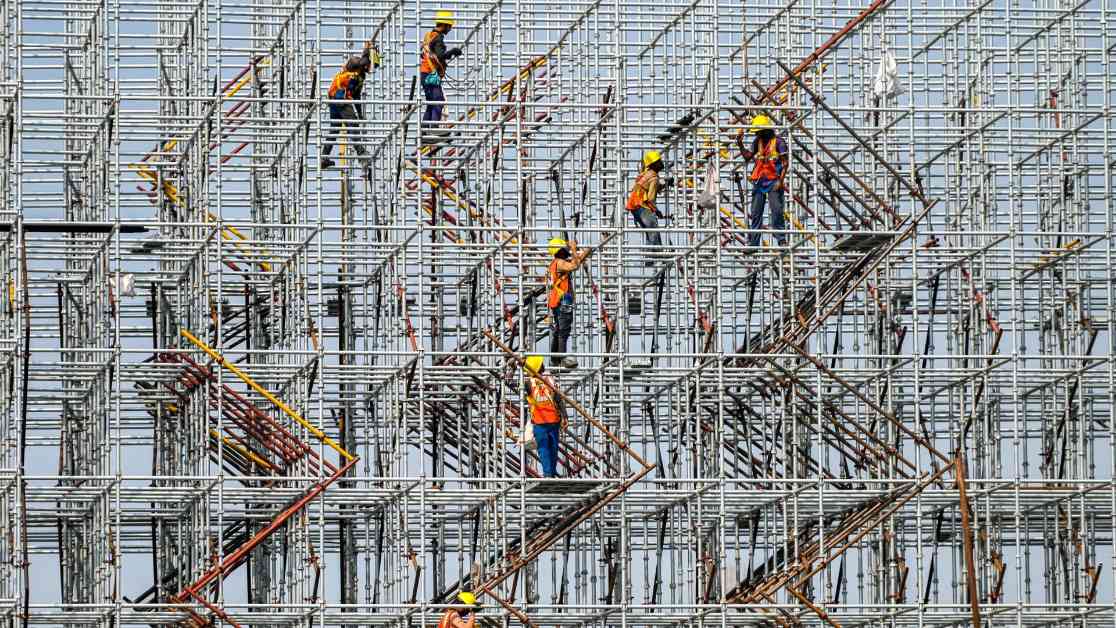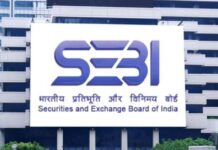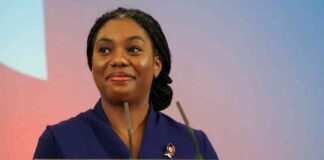India’s Potential for Sustainable Growth
Laborers are hard at work at a coastal road project construction site in Mumbai, showcasing the ongoing development and infrastructure projects happening across the country. India’s central bank governor believes that the nation has the potential to achieve sustainable economic growth of up to 8% over the medium term, despite recent challenges.
Challenges and Opportunities
Recent data revealed that India’s gross domestic product slowed to 6.7% in the second quarter, down from 8.2% compared to the same period last year. This decline has put pressure on the central bank to consider cutting interest rates to stimulate economic growth. However, Reserve Bank of India (RBI) Governor Shaktikanta Das remains optimistic about India’s growth prospects.
In an exclusive interview with CNBC, Das expressed confidence in India’s expected growth rate of 7.5% over the next few years, with the possibility of even higher growth. He emphasized that sustaining a growth rate of 7.5% to 8% over the medium term is achievable for India, highlighting the country’s potential for economic expansion.
India’s Economic Outlook
India has been recognized by the International Monetary Fund as the world’s fastest-growing major economy, with projections indicating that it could become the world’s second-largest economy by 2075. Despite recent moderation in growth rates, India’s economic potential remains strong.
The IMF cautioned that India’s economic expansion is likely to slow to 6.5% by 2025, reflecting the need for strategic measures to sustain growth momentum. As global central banks ease monetary policies, including the European Central Bank, the Bank of England, and the Swiss National Bank, India faces the challenge of aligning its own policy decisions with evolving global economic trends.
Domestic Factors Driving Policy
Governor Das affirmed that the RBI’s monetary policy decisions are primarily influenced by domestic macroeconomic conditions, inflation rates, and growth dynamics. While external factors such as actions by the U.S. Federal Reserve and other central banks are considered, the ultimate decision-making process is driven by India’s unique economic landscape.
As the Fed contemplates an interest rate cut, Das emphasized that the RBI will not be swayed by the magnitude or frequency of rate reductions in the U.S. The focus remains on India’s growth trajectory and inflation outlook, with the Monetary Policy Committee (MPC) carefully evaluating all factors before making any rate decisions.
Future Prospects and Challenges
Looking ahead, India’s growth story remains intact, with positive momentum in key sectors driving economic progress. Governor Das highlighted the importance of monitoring both growth and inflation trends to make informed policy decisions. The MPC will deliberate on potential rate cuts based on evolving economic indicators and the overall outlook for the Indian economy.
Subheadings:
India’s Economic Potential
Challenges and Opportunities
Domestic Factors Driving Policy
India’s economic potential is vast, with the country poised to achieve sustainable growth rates in the near future. Despite recent challenges, India’s growth story continues, driven by a combination of domestic strengths and global opportunities. As policymakers navigate the complex economic landscape, strategic decisions will be crucial in unlocking India’s full potential for sustainable growth.






















